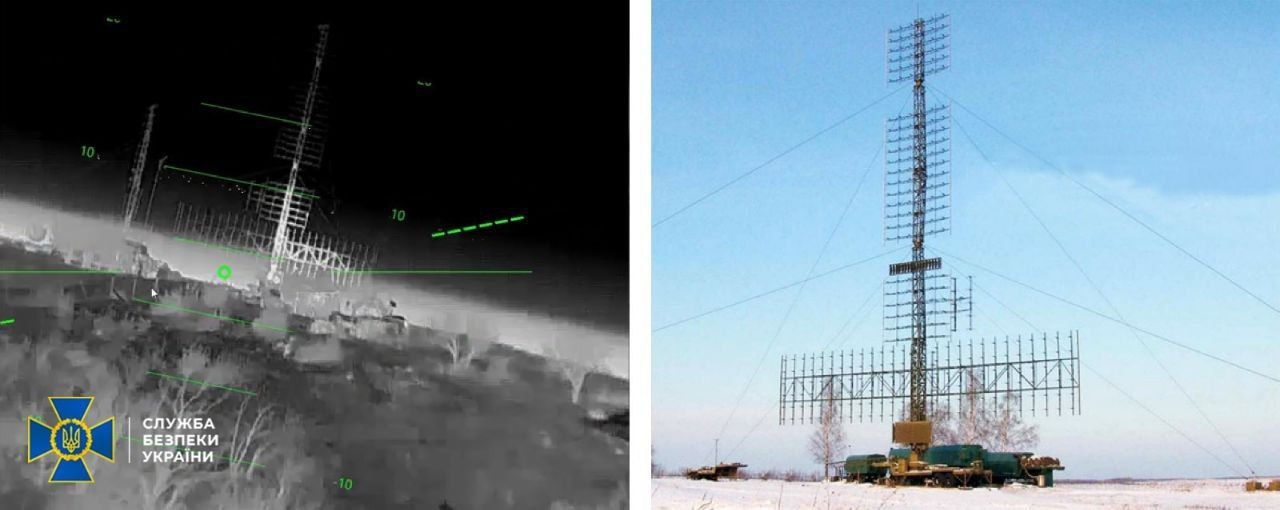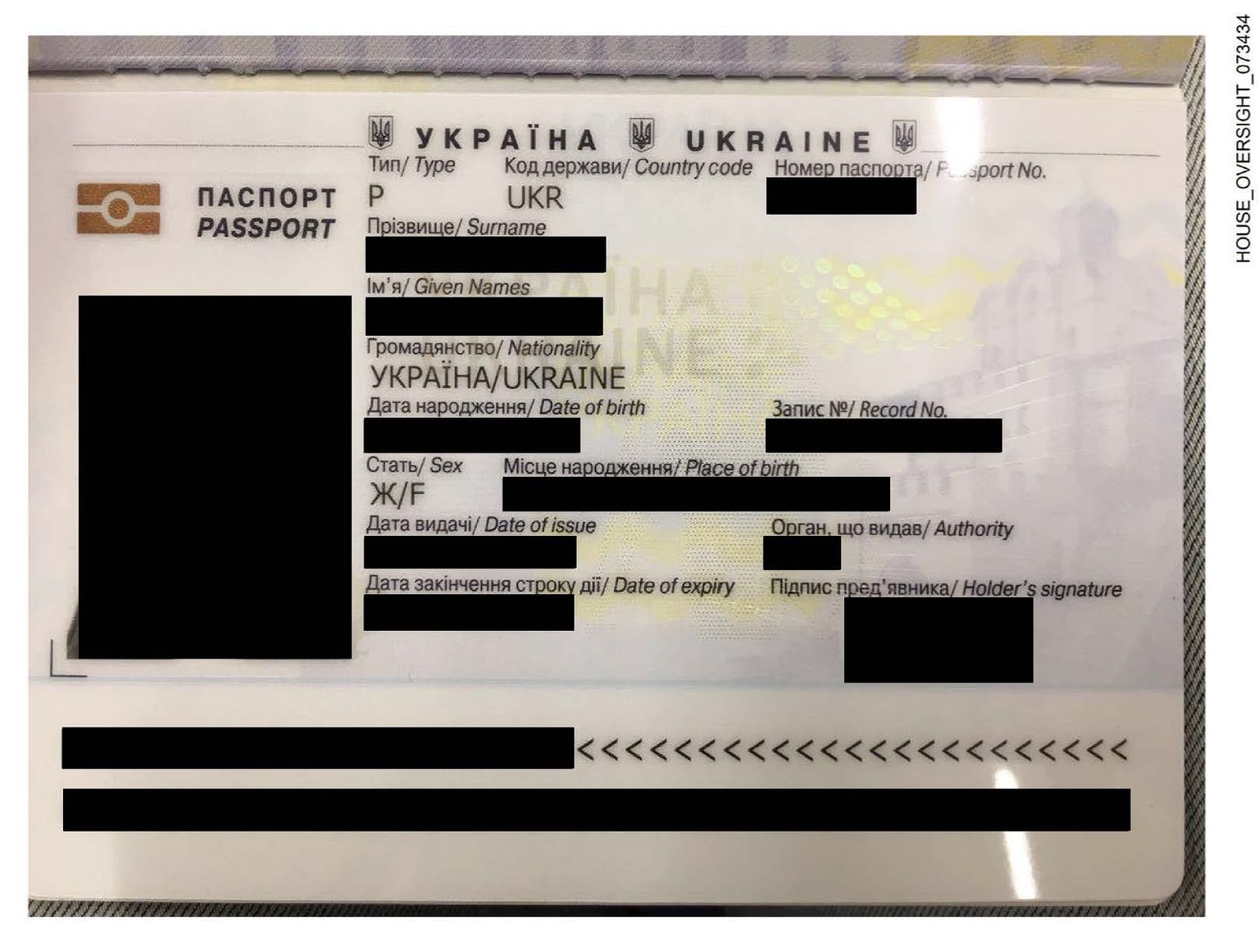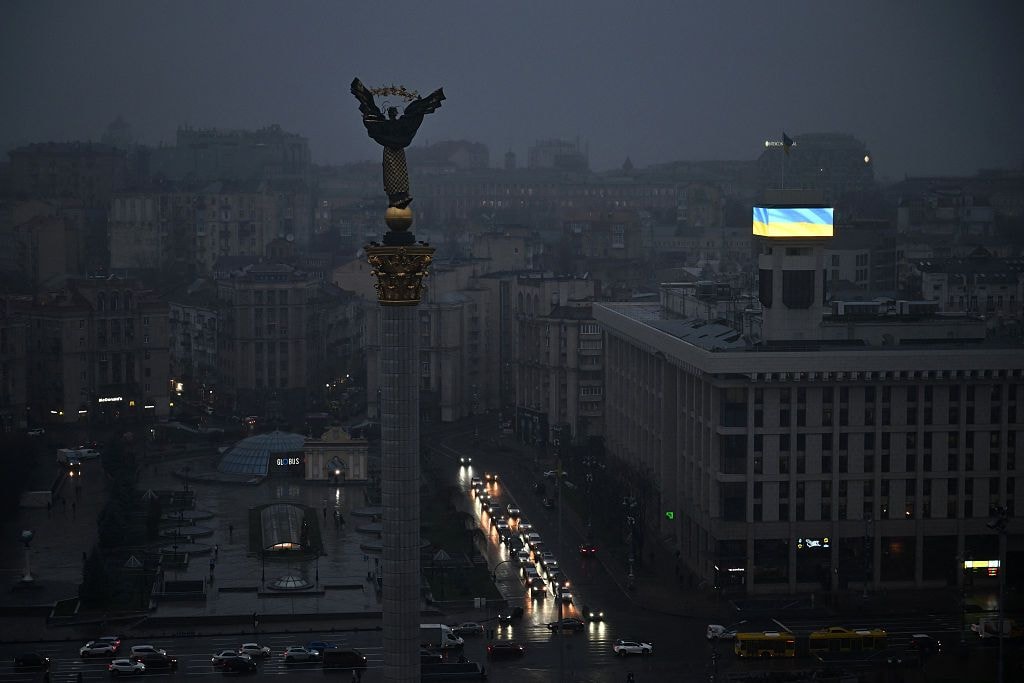
The Counteroffensive: Inside Ukraine's historic first all-drone assault on Russian positions
Ukraine’s first successful all-drone assault on Russian positions marks a milestone in drone warfare, blending innovation and strategy on the battlefield.
A serviceman with the Ukrainian military's Khartiia Brigade works on a drone near Lyptsi, Ukraine, on June 19, 2024. (Taras Ibragimov/Suspilne Ukraine/JSC "UA:PBC"/Global Images Ukraine via Getty Images)
Editor’s Note: This article was published by the twice-weekly newsletter “The Counteroffensive with Tim Mak” on Feb. 8, 2025, and has been re-published by the Kyiv Independent with permission. To subscribe to The Counteroffensive, click here.

Kharkiv Oblast, Ukraine — In the early hours of December 2024, as the sun began to rise, the sound of drones filled the air. But this wasn’t just any drone operation. This was the first successful all-drone assault on Russian positions — a groundbreaking event in the history of modern warfare.
The attack took place near Lyptsi, in the Kharkiv region of northeastern Ukraine. Initially expected to fail, the mission tested whether multiple drone units could coordinate an assault with dozens of FPV, recon, turret-mounted, and kamikaze drones working in unison on the ground and in the air.
The Counteroffensive is the first news outlet to publish a detailed account of this milestone in drone warfare, based on interviews with some of the unit’s military officers.
"Happy," the call sign of a soldier from Mykolaiv Oblast, is known for his ever-present smile and a mustache groomed to resemble that of a Zaporizhzhian Cossack. He chose the distinctive look to stand out. For security reasons, he asked to be identified only by his call sign. At just 22 years old, he commands a platoon known as the Ground Unmanned Robotics Unit, nicknamed “Deus Ex Machina,” which translates from Latin as “a God from a machine.”
“We will be here until the end. We will defend our land, and we will move forward to victory with confidence,” Happy told The Counteroffensive.
Happy graduated from a military university in Kyiv and later joined the Khartiia Brigade. His background is in military engineering, with a focus on demining and placing mines. He spoke while alternating between curling his Ukrainian-styled mustache and taking drags from his cigarette.
Happy began commanding the platoon this past summer. In just a few months, he and his unit became quick experts in using, innovating with, and repairing Ukrainian ground drones — while also developing effective tactics for using them alongside other weaponry.
“When we felt discomfort, we developed. We did not have expertise in drones, so it was uncomfortable for us,” Happy explained. “It forced us to work more intensively on ourselves and with drones.”
The unit has a less-strict culture than the rest of the Ukrainian military, reflecting its role as a laboratory for cutting-edge military innovations.
"It doesn't really matter what your rank is. It depends on people. If you have people who can do things efficiently, we don’t care about your rank. It can be some random soldier who does better work than a high-profile officer. We don’t care about this," said “Mathematician,” an officer who advises units on using drone technology for maximum tactical impact.
The units involved in this assault were tasked by the Khartiia Brigade commander with a mission: could they organize an all-drone assault within a week — and pull it off?
“I was skeptical… and didn’t expect any level of success,” Mathematician said, adding that the higher-ups half-expected they would soon receive word that the drone force had been wiped out early in the mission.
To make this work, they needed to invent a new playbook. It was a completely novel approach to an assault. As part of the planning, they established checkpoints, routes, and designated communication channels.
The assault was rehearsed three times, with one of the main concerns being that the Russians might spot the incoming wave of Ukrainian drones and destroy them before they could be deployed effectively. Given the significant ordnance being carried by the ground drones, an early Russian counterattack could have caused the kamikaze drones to explode, destroying the entire assault force.
Forty-eight hours before the mission, drones were moved to their starting points. Success was defined as all drones arriving at their targets and hitting their designated assignments. The mission involved complex logistics and communication. No swarm technology was used, meaning each drone was piloted by an individual operator.
Less than 100 soldiers participated in the operation, including pilots, logisticians, planners, and support staff — launching around 30 drones, according to Mathematician. The operation used several kamikaze and machine-gun-mounted ground drones, FPVs — including one with a mounted assault rifle — and large copter drones that dropped munitions. Dozens of surveillance and recon drones provided battlefield awareness.
Multiple units were involved, though the Ukrainian military declined to specify which units or how many. They also declined to share how the troops communicated. What is known is that the ground and aerial drones worked together, with pilots stationed in different locations, coordinating the mission while monitoring the battlefield from a shared video feed.
What took days to plan took just one or two hours to execute. The assault took place along a heavily fortified Russian position near a large forest. The simultaneous waves of ground and aerial drones caught the Russians off guard, causing panic. While aerial drone attacks are common on the front lines, the coordinated use of ground drones was unexpected.
Ukrainian forces intercepted Russian communications revealing chaos and fear among Russian troops, who were fighting machines with no human soldiers in sight. This was the intended effect: to create pressure on the Russian lines and suppress the enemy.
Thanks to careful planning, they didn’t lose any drones to Russian electronic warfare, which often disrupts communication between pilots and drones. Several Russian FPV drones attempted to strike the attacking Ukrainian drones but were unsuccessful.
Terrain posed a major challenge. Ukrainian mud, known for its thick, sticky texture, made movement difficult for cars, tanks, and ground drones alike. The trade-off between air and ground drones comes down to payload. Air drones can fly over obstacles but carry much less weight, while ground drones carry more but must contend with thick mud and foliage. During the mission, one Ukrainian ground drone got stuck in the mud. However, a planner from the unit noted it was never destroyed and was eventually recovered.
The mission exceeded expectations: right after the ground drones completed their task, infantry moved in and secured the position, Mathematician told The Counteroffensive. Ukrainian troops still hold the position today.
The goal of the mission was to save Ukrainian lives. The more drones are used in operations, the fewer human lives are at risk.
"The advantage is obvious: robots do it, not people. And if robots are destroyed, they don’t feel pain. It’s just a tin can. It is much better to lose a drone than the life of a human,” Happy said. This success will likely lead to more iterations, experimentation, and larger-scale attacks.
"This is just the beginning. We will work to do more — and even better — missions," Happy said.
When not working with drones, Happy is a fan of Stephen King novels. He’s no stranger to the horror of unintended consequences. He is particularly concerned about how artificial intelligence might merge with drone technology. While drones can’t make most decisions without human input — yet — he worries about the potential for a major mistake.
“I think it’s a matter of time before a person makes a big mistake,” he said.
Despite these concerns, Happy remains optimistic about the immediate future. He is also disinterested in taking credit for this significant achievement in military technology. For now, he’s unsure how to contextualize the achievement. Perhaps he will only understand its significance years from now, with the benefit of time.
Right now, it's too close to what happened. And there's still much work to do.
Editor’s Note: The opinions expressed in the op-ed section are those of the authors and do not necessarily reflect the views of the Kyiv Independent.













